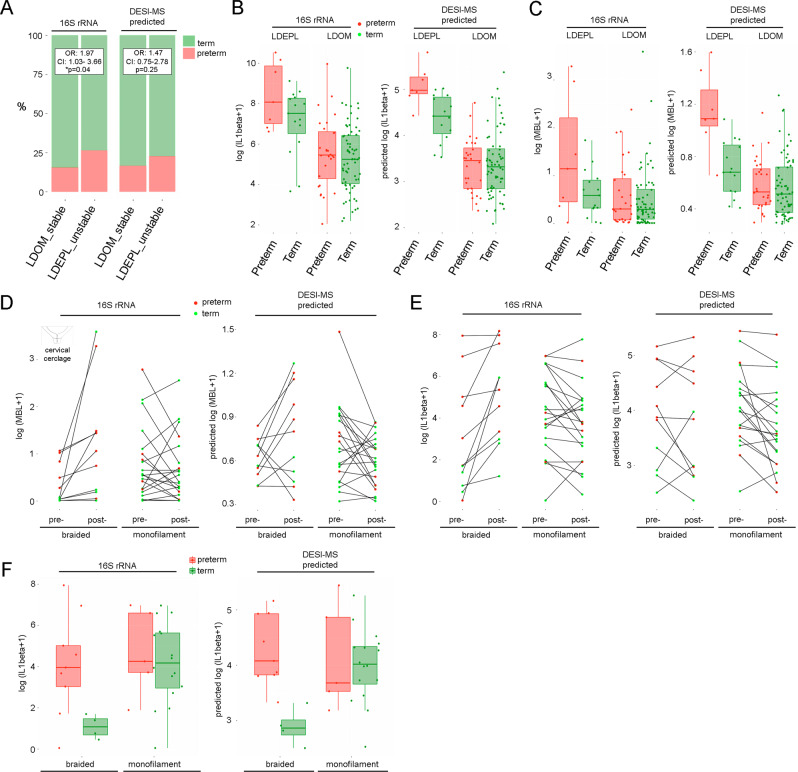Fig. 5. Vaginal microbiome instability and immune activation associates with preterm birth risk and poor outcomes following cervical cerclage.
A Increased risk of PTB (red) was associated with vaginal microbiome instability (defined by shifts between Lactobacillus spp.-dominated (LDOM) and Lactobacillus spp.-depleted (LDEPL) compositions) measured by 16S rRNA-based metataxonomics (OR 1.97, 95% CI 1.03–3.66, p = 0.04, two-sided mid-p exact test) or predicted using DESI-MS profiles (OR 1.47, 95% CI: 0.75–2.78, p = 0.25, two-sided mid-p exact test). B LDEPL vaginal composition was associated with increased IL-1β levels compared to LDOM; however, highest levels were observed in LDEPL women subsequently having preterm delivery. This relationship was also observed when IL-1β levels and vaginal microbiota composition were predicted using direct swab profiling by DESI-MS (n = 103 pregnancies, 103 swabs). C A relationship between LDEPL, increased MBL and subsequent preterm birth was also detected by DESI-MS profiling (n = 103 pregnancies, 103 swabs). D Elevated MBL and E elevated IL-1β levels were observed in response to cervical cerclage performed with braided cerclage material, but not monofilament material (n = 34 pregnancies, 68 swabs). F Preterm birth in women treated with cervical cerclage using braided cerclage material was associated with higher IL-1β levels compared to term birth outcomes (n = 13 pregnancies, 13 swabs), whereas no relationship between IL-1β levels measured or DESI-MS-predicted were observed with pregnancy outcome following cervical cerclage using monofilament material (n = 21 pregnancies, 21 swabs). All box and whisker plots are drawn with the lower, horizontal interior line, and upper bounds of the box representing the 25th percentile, median and 75th percentile values, and whiskers extending from the lower or upper box bonds to the position of the most extreme data point within ± 1.5 × IQR (interquartile range).

